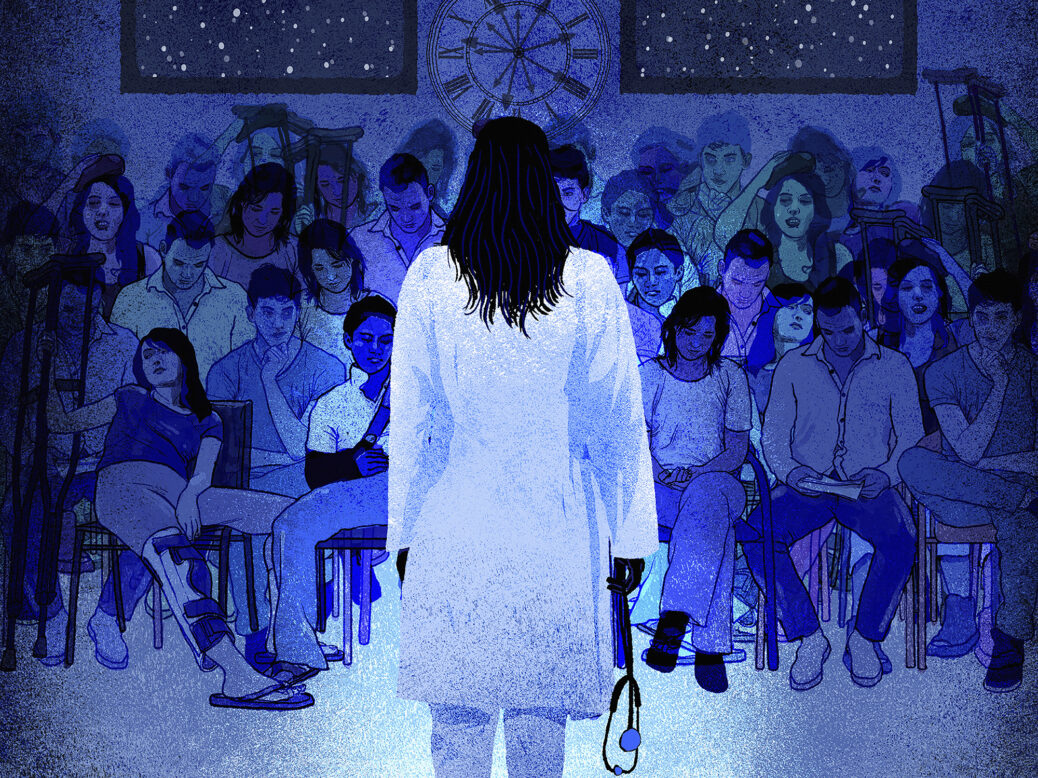
How long is the NHS waiting list in your area? To help you find out the New Statesman is tracking hospital backlogs in England by postcode. To discover how long people where you live wait for treatment after a referral by a GP, type your postcode or NHS commissioning area into the interactive map below.
Two in every five patients now have to wait longer than 18 weeks for NHS treatment (far from the health service’s target to keep this figure below 8 per cent) and 400,000 patients have been waiting for more than a year. Trafford in Greater Manchester is the worst-affected area, where 57 per cent of patients wait longer than the target time for each treatment.
NHS England measures waiting times as the period from a GP referral to the beginning of treatment, such as admission to hospital, or until a decision not to provide treatment is made. In the months leading up to the Covid-19 pandemic, this was on average eight weeks. As of the latest published data, for September 2022, it was 14 weeks.
The situation has been slowly deteriorating since the austerity years in the early 2010s. February 2016 was the last time the target for 92 per cent of patients to wait fewer than 18 weeks was met. Hospitals have struggled to clear their pandemic backlogs to the extent that just 59 per cent of patients are now being treated within the limit, and 6 per cent have been waiting over a year.
There are regional differences, with less than half of patients in parts of Leicestershire, Greater Manchester, Merseyside and Birmingham being treated in the mandated time frame. The target is being missed in every part of England, however. Even in the best performing area, Barnsley, a fifth of patients wait longer than the target time.
[See also: Can anyone save the NHS?]





